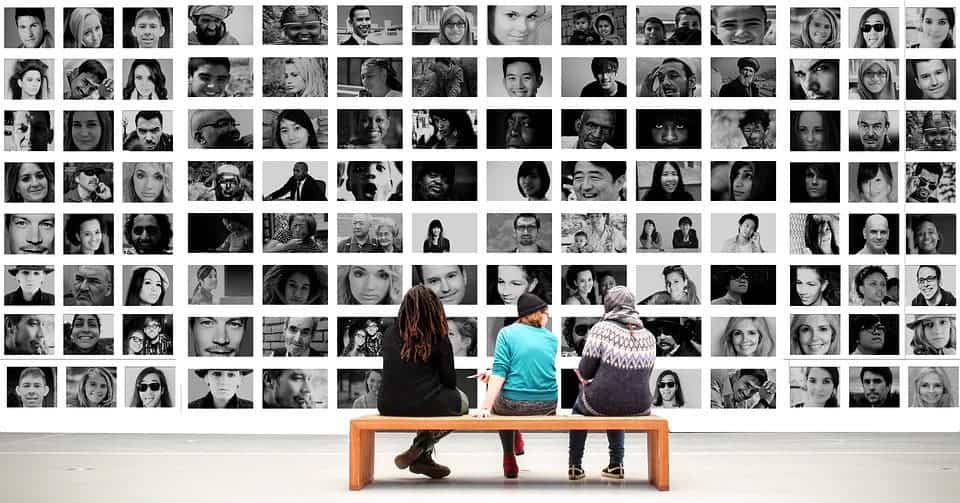Show these researchers your brain and they’ll tell you who your friends are.
A team of psychologists from the Dartmouth College reports that friends have similar neural responses to stimuli, and that these similarities can be used to predict friendships between people. The study is the first of its kind to look at similarities in neural activity patterns of people within real-world social networks.
Quantifying friendship
The researchers worked with roughly 280 college graduate students, who were first asked to self-report their social ties. Based on these, the team estimated the social distance between individual pairs — i.e. how close the relationship between two students was. Forty-two participants were then selected for the second step of the trial. They were asked to watch a range of videos while their neural activity was recorded with a functional magnetic resonance imaging (fMRI) scanner.
To get a good feel of how each participant’s brain perceives the world, the team needed to elicit as many responses from the participants’ brains as possible. So the videos used in this step spanned a wide range of topics and genres, including politics, science, music shows, and comedy. Each participant received the same instructions and watched the same videos in the same order, to minimize variables and keep the results as consistent as possible.
Armed with these recordings, the researchers then set out to compare the neural responses across pairs of students. What they wanted to determine was if pairs of students who considered themselves friends had more similar patterns of brain activity than pairs further apart in the social network (friends-of-friends and so on).
The researchers found that friends had the most similar neural activity patterns, followed by friends-of-friends. In turn, the latter had more similar neural activity than people three degrees removed (friends-of-friends-of-friends). Furthermore, researchers report that fMRI response similarities could be used to predict both friendship and its closeness in a pair.
“Neural responses to dynamic, naturalistic stimuli, like videos, can give us a window into people’s unconstrained, spontaneous thought processes as they unfold,” says lead author Carolyn Parkinson, a postdoc at Dartmouth at the time of the study.
“Our results suggest that friends process the world around them in exceptionally similar ways.”
Birds of a feather
The similarities in neural responses manifested across different brain regions involved in emotional processing, attention, and high-level reasoning. Even after researchers controlled for variables such as handedness, age, gender, ethnicity, or nationality, neural activity among friends still showed a pronounced similarity.
Such results flesh out our understanding of the human brain and the way it functions. The researchers say the idea for their study came from previous work which found that when you see someone, your brain immediately assesses how important or influential he or she is, and their position in your social network. It’s a process that betrays a very deep tuning for social processes in the brain.
They were led to narrow their investigation on the link between brain patterns and our choices of friends by findings that “individuals tend to befriend others who are similar to them in terms of a range of physical attributes,” they note. A similarity that seems to go all the way down to our genome.
“We are a social species and live our lives connected to everybody else. If we want to understand how the human brain works, then we need to understand how brains work in combination — how minds shape each other,” explains senior author Thalia Wheatley.
In the future, the scientists plan to explore if we naturally gravitate toward people who see the world the same way we do, if we become more similar after befriending (as we share common experiences), or if both dynamics work on reinforcing each other.
But whether our brains shape friendships or they shape our brains, at the end of the day, we can all agree that our lives are that much better because of our friends.
The paper “Similar neural responses predict friendship” has been published in the journal Nature.










